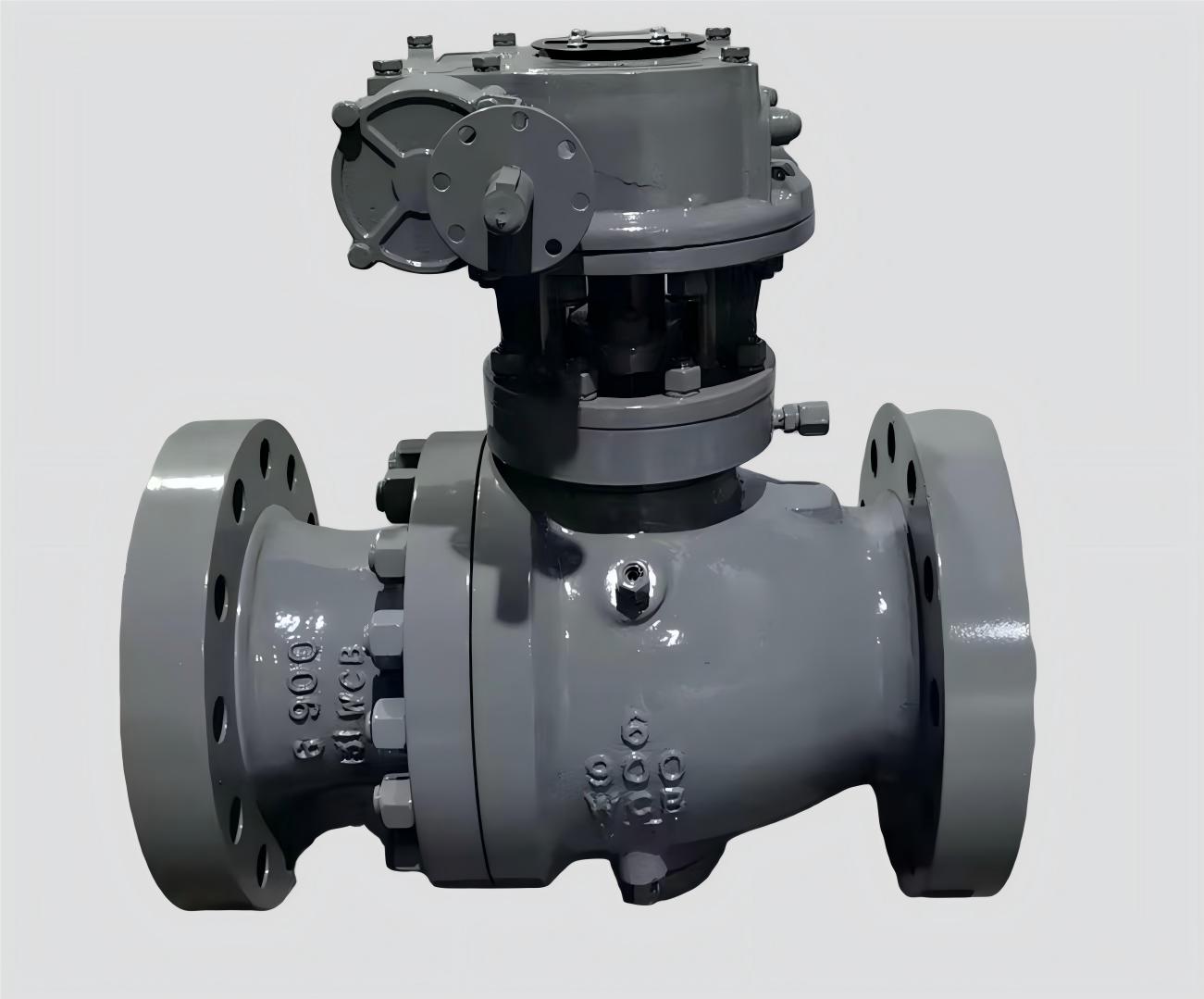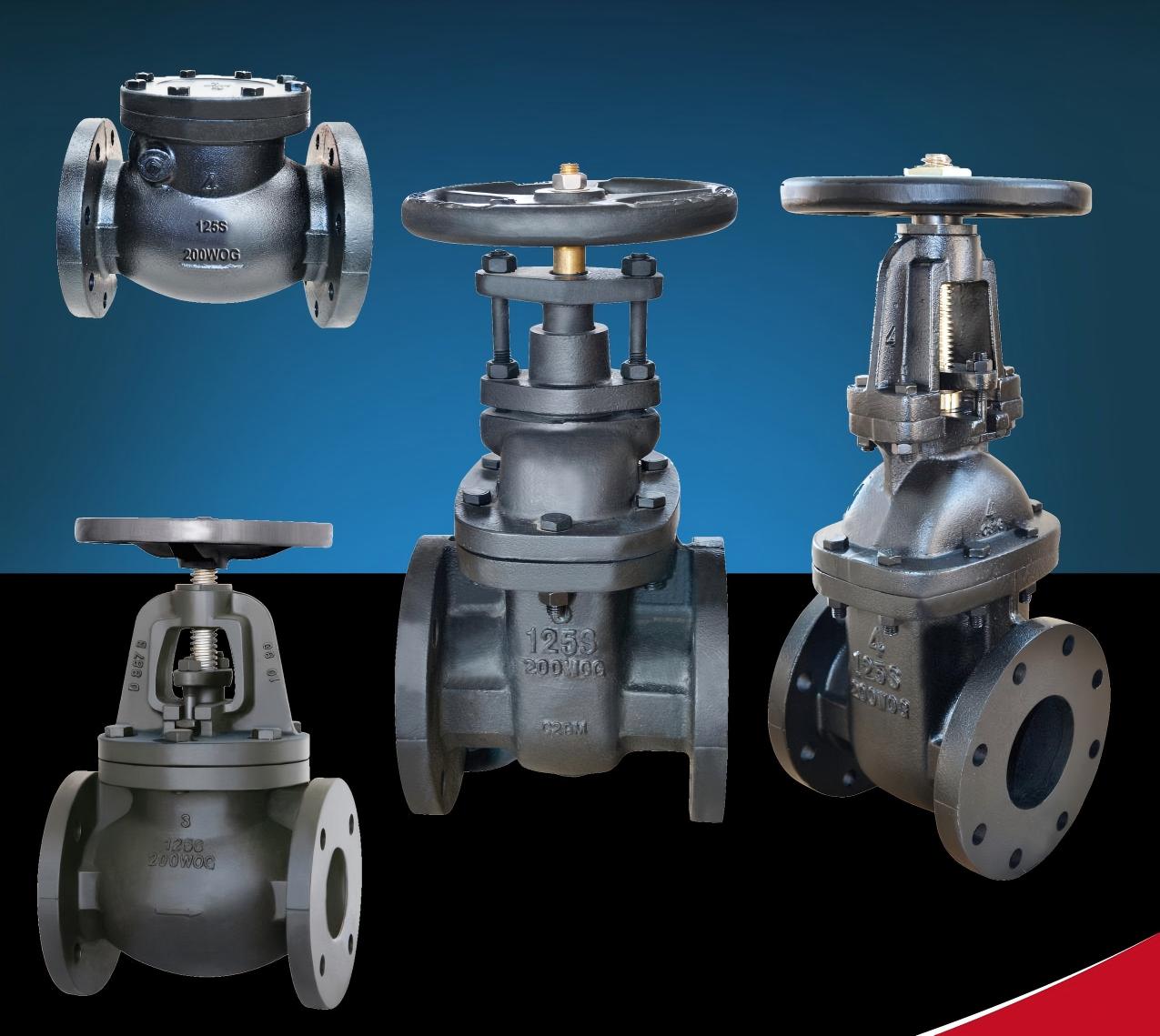Plug Valve: The Versatile Expert in Pipeline Fluid Control
Jul 04, 2025
Plug Valve: The Versatile Expert in Pipeline Fluid Control
In the vast network of pipeline systems, the plug valve is indeed a capable expert in controlling fluids. Its core component is a rotatable plug, which is just like a flexible "rotary switch". There are through - holes of different shapes distributed on the plug. As the plug rotates, the through - holes align with or stagger from the pipeline, thus ingeniously realizing the on - off control and flow regulation of the fluid. This process is like equipping the pipeline with a magical "rotary key", which can easily control the flow direction and flow rate of the fluid.
The family of plug valves is rich and diverse in types. The ordinary plug valve is the most basic type, with a simple structure and relatively low cost. Its plug is usually cylindrical, and the rotation operation is very convenient. This kind of plug valve is suitable for occasions with low requirements for sealing performance and clean media, such as some simple water pipeline systems. In these scenarios, it is like a simple and unadorned "basic guard", silently safeguarding the normal flow of ordinary fluids. Although it seems ordinary, it is indispensable.
The oil - sealed plug valve is an upgraded version of the ordinary plug valve, with an additional oil - sealing device. This layer of oil seal is just like putting on a solid "sealing armor" for the plug, greatly improving the sealing performance of the valve. Therefore, it is often used in occasions where high - sealing - performance fluids such as oil and natural gas are transported. In these key transportation processes, the oil - sealed plug valve is like a meticulous and rigorous "sealing guard", always on high alert to ensure the safe and leak - free transportation of energy, providing a solid guarantee for the stable operation of industrial production and energy supply.
The plug - ball valve combines the advantages of both the plug valve and the ball valve, with a more ingenious plug design. It not only has good sealing performance to effectively prevent fluid leakage but also has the characteristic of fast opening and closing. In some industrial scenarios with extremely high requirements for fluid - cutting speed, such as emergency - cutting devices in chemical production, the plug - ball valve is like an agile and efficient "emergency vanguard". In critical moments, it can respond quickly and cut off the fluid rapidly to avoid potential dangers and losses, ensuring the safety and stability of the production process.
In terms of urban water supply and drainage systems, the plug valve plays an important role in water supply and drainage pipe networks. It can be opened and closed quickly, providing great convenience for pipeline maintenance and repair work, and effectively ensuring the stable operation of the urban water system. It can be called the "water - flow commander" in the field of water supply and drainage. Whether it is the daily water - supply scheduling or the emergency treatment in case of sudden situations, the plug valve can play a key role to ensure the unobstructed "lifeline" of the city.
In the petrochemical industry, the plug valve is widely used due to its good sealing performance and excellent corrosion resistance. In this challenging field, whether it is transporting highly corrosive chemical raw materials or handling flammable and explosive petroleum products, the plug valve can give full play to its own advantages. It is like a loyal and reliable "safety guardian", always sticking to its post to ensure the safety and stability of the production process, escorting the vigorous development of the petrochemical industry.
In the field of gas transportation, for gas, a flammable and explosive fluid, the sealing performance is undoubtedly crucial. The unique oil - seal design of the plug valve makes it perform excellently in gas - transportation pipelines, just like a trustworthy "gas guard", safeguarding the gas - using safety of every household. It not only ensures the stable supply of gas but also provides a reliable safety guarantee for people's daily lives, allowing people to use gas resources with peace of mind.
Although the plug valve may not be eye - catching in appearance, with its unique structure and diverse performance, it plays an irreplaceable and important role in the field of pipeline fluid control. It is like a silent "rotary - core hero", providing all - round escort for our production and life in its own unique way, leaving a solid and reliable mark in all aspects of industrial production and daily life.



 Network Supported
Network Supported